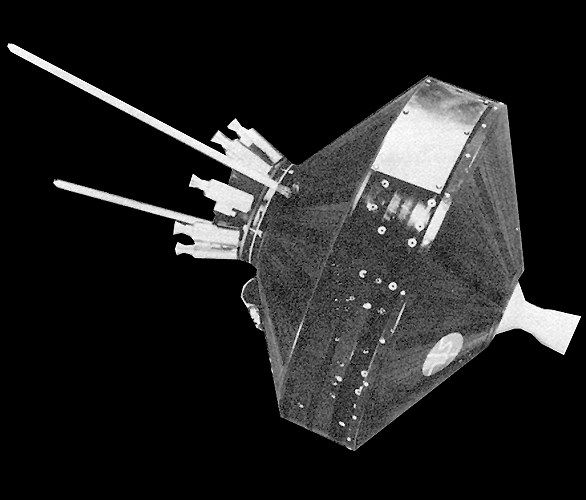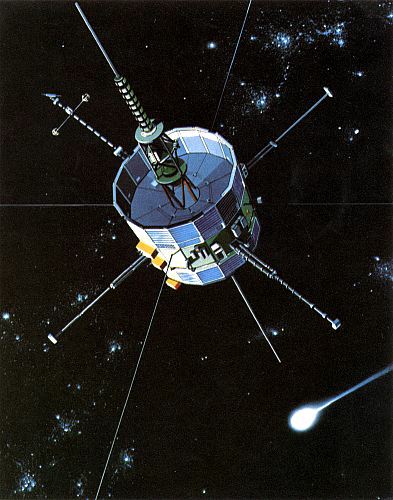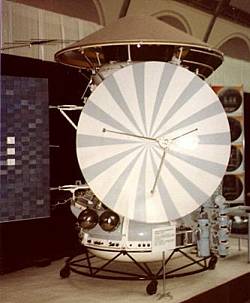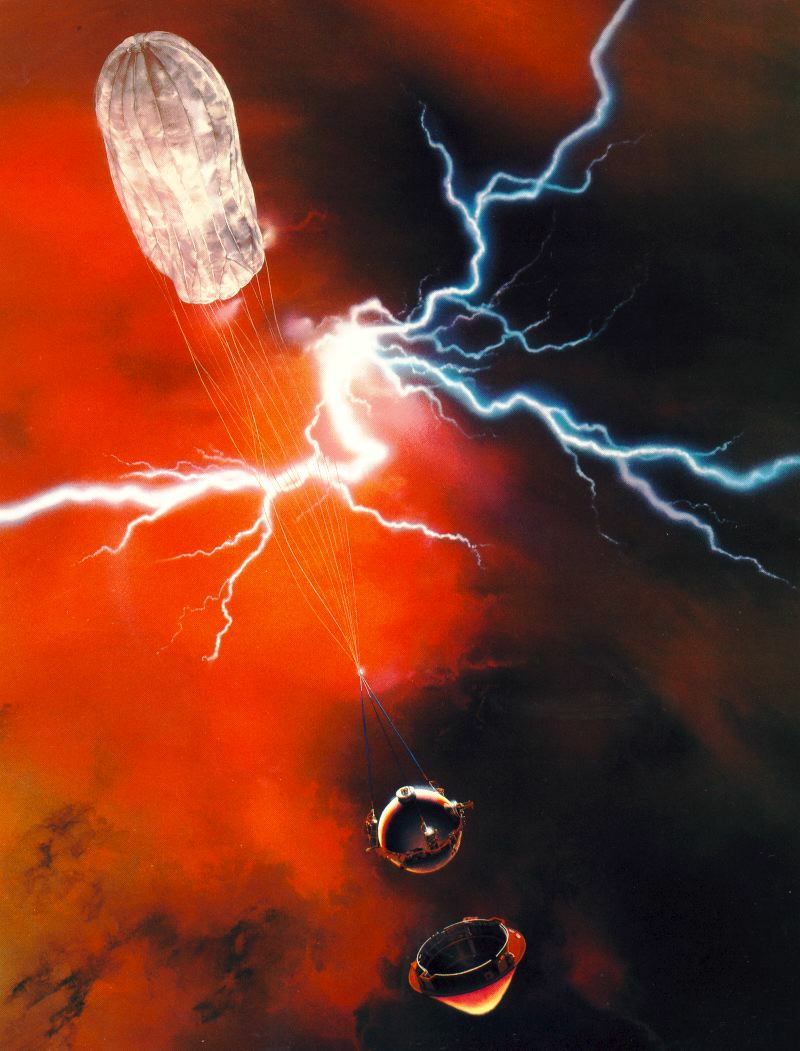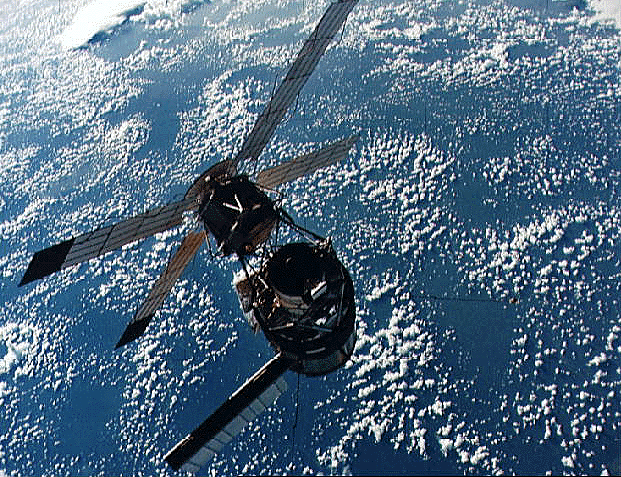I’m headed to Dragon Con in just a little while! But first …
Twenty-five years ago today — August 29, 1988 — a Soyuz rocket out of the Baikonur Cosmodrome carried the first Afghani citizen to fly in space.
(Soyuz TM-6 insignia from Wikimedia Commons.)
The Soyuz TM-6 crew consisted of Russian cosmonauts Vladimir A. Lyakhov and Valeriy V. Polyakov, plus Afghani cosmonaut Abdul Ahad Mohmand. They spent a little over a week on the Mir space station before returning to earth.
In other space history, on this date 5 years ago another mission from the Baikonur Cosmodrome carried five German remote sensing satellites known as RapidEye-A through -E.
And speaking of remote sensing, congratulations to the Delta 4 launch team for successfully launching a National Reconnaissance Office satellite yesterday from my old stomping grounds, Vandenberg AFB!






